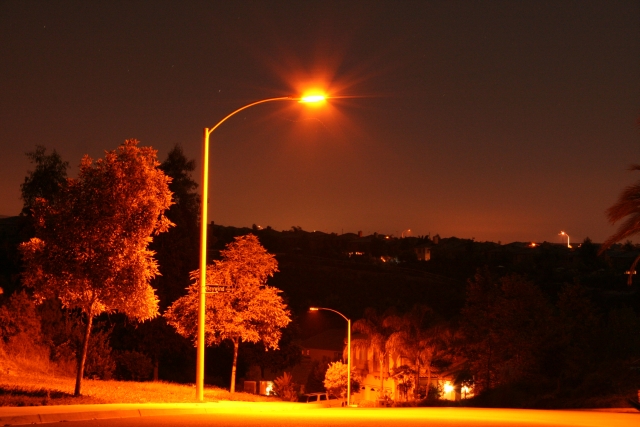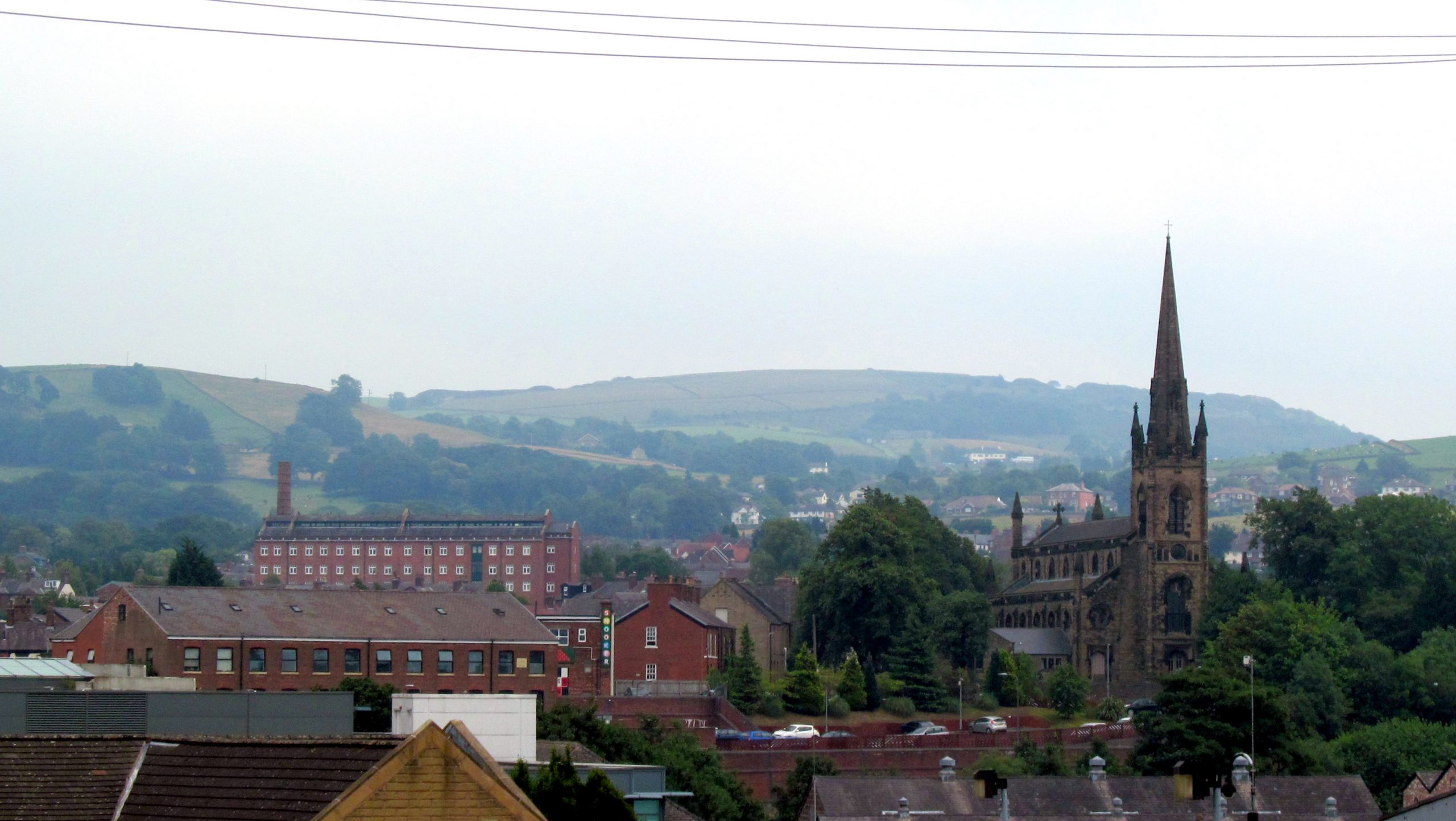Telensa’s Smart Street Lighting ‘Makes Sense’ for Local Authorities

Ahead of our Smart Streets Events focusing on Scotland and the North of England, Housing Industry Leaders sits down with David Orchard, head of sales for Smart Street Lighting company, Telensa, to learn more about their lighting control system and discuss the benefits it can offer.
Smart street lighting company, Telensa, has the world’s most deployed street lighting control system. The company offers local authorities technology that has been tried and tested for over a decade.
Known in the industry as a ‘Central Management System’ (CMS), Telensa’s smart streetlight infrastructure connects streetlights to an intuitive dashboard and powerful software platform. PLANet®, Telensa’s CMS, opens up new opportunities to create cost savings and simplify operations and maintenance of vast street lighting infrastructure.
Their technology also makes streetlights an efficient means to collect, protect and apply data to enhance city life. Perfectly placed to pioneer new and cost-effective ways to develop smart cities, Telensa’s technology makes urban spaces work better for everyone.
Housing Industry Leaders spoke to David Orchard, head of sales at Telensa to discuss the benefits of their smart street lighting. He said it is “a great opportunity for employment, innovation and export” and he emphasized the huge financial savings their CMS offers.
Streetlights are the largest contributor to UK council electricity bills. Using Telensa’s CMS, Hertfordshire Country Council save over £2m per year in street lighting costs. Money is saved by the system being able to reduce energy consumption, provide data for making maintenance more efficient and extend the life of the street lighting asset.
Street lighting for sustainability
Not only does Telensa’s smart street lighting offer considerable cost benefits, but their adaptive lighting also means they can offer local authorities significant carbon savings.

David Orchard, c. Telensa
“We all have a part to play in being green,” explained David. With 300 out of 400 local authorities have signed the climate emergency there has been a marked shift towards ‘green’ policy in areas.
Local authorities can reduce carbon emissions in their area by adopting street lighting. David said smart street lighting “is the easiest way to make a really big difference.”
Compared with standard sodium devices, smart street lighting has substantial CO2 savings, and 66% savings can be readily achieved by switching to LED and smart controls. This equates to 190kg of CO2 saved per light over the course of a year.
David said that it “amazes me [him] how much you actually reduce your CO2 emissions by” installing smart street lighting. He told Housing Industry Leaders “having 50,000 smart streetlights in an area is the same as taking the CO2 equivalent of 2,200 cars off the road.”
Co-benefits of smart street lighting
Along with carbon and financial savings, the adoption of Telensa’s smart street lighting has benefits to residents in areas which have deployed its CMS.
Telensa’s smart street lighting “gives you the ability to proactively change things and quickly adapt to what citizens want” explained David. It also enables authorities to “be really proactive & reactive to what is happening on the ground,” David continued.
Adaptive lighting, David told Housing Industry Leaders is “vitally important” in making sure places are lit appropriately at the right time. “Having a fully adjustable, dynamic lighting street lighting system makes things much easier for a local authority moving forwards,” he said.
Furthermore, street lighting levels can be increased to help discourage anti-social behaviour at certain times.
Telensa’s connected street lighting system also means local authorities “can take a proactive approach” in the maintenance of their streetlights. Their CMS system alerts authorities when they have an issue with a light as well as outlining the problem with it.
Regular street lighting systems often need residents to alert them when lights are broken as the infrastructure is not in place to automatically alert a maintenance team.
As a result of their connected system, “lights are likely to be working more often” David explained as contractors can identify issues with streetlights quickly and effectively.
Connected street lighting: a building block towards ‘smart’
Smart lighting is also a “building block for other smart things that cities can do” David told Housing Industry Leaders. Their data platform can enable other parts of authorities to understand smart technology and encourage innovation in more areas.
Offering a “portfolio of ‘best in class’ suppliers of different smart city applications” Telensa wants to support local authorities as they move towards becoming ‘smart’. They want to enable their customers to start experimenting with smart technology instillation and work out which have a very clear return on investment.
As Telensa’s smart street lighting is “very simple to install” it is no wonder the UK is the world’s leading adopter of smart street lighting. Its simple design means local authorities “start saving money instantly,” straight after installation, said David.
Their adaptive, connective system “can be used on large clusters of lighting in town centres all the way through to the odd light in a village,” continued David.
Simply, Telensa’s CMS, says David, “is about saving money and doing things that make sense” for local authorities, residents and the environment.

